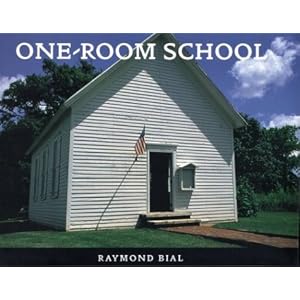Here are some more specifics about using the McGuffey's Readers. Buy it in PDF Format
First, let me say that there are as many ways to use the McGuffey readers as there are ways to use hamburger! We can take this versatile meat and make it into patties, or loaves or chop it up and add it to noodles or chips or even put it with gravy over potatoes!
Some folks use the McGuffey's as a read-aloud for inculcating solid moral values, including poetry that reinforces Biblical living. A mother could simply read a lesson aloud and then ask questions of her children, or help them memorize the poetry which is meant to aid in living Biblical principles in everyday life.
Others use them as only a portion of a language arts program, assigning each child to read a lesson, then perhaps a quick oral narration to make sure the task has actually been carried out.
I have chosen to take full advantage of the readers. As I have read through the lessons, I have found them so rich that I didn't want to rush through them. There is so much to take advantage of in each--the vocabulary, spelling, grammar, besides the practical Biblical morality make them comprehensive for me.
These readers are not graded--that is, the number of the reader does not correspond to our current grade levels. This is one reason I so appreciate them. I can put my children wherever they need to be, at their different levels of competency. Each reader was meant to span more than one year, meaning that it is not strange that a child could begin in the middle of a book instead of at the beginning.
These materials were created for the one-room schoolhouse, for frontier and farming children who may not have entered into formal schooling until the ages of 12, or even 19 years of age! It is therefore very possible to use these for the "late bloomers" with great success.
I have assigned a different reader for each child (and made library-like book jackets for them from sheet protectors which I cut open and then folded and taped to fit). They keep these in their "learning satchels," which are actually bits and pieces of small luggage and huge purses that I have collected over the years, many with small pockets for stationery items, etc. With my number of children--seven currently in full learning mode, having two sets has been necessary. The readers are also sold separately, so duplicate copies could be obtained to use with children at the same level, or a single copy could be shared. my own children vary enough for me to be able to use just the two sets.
I take each reader and use the planner page I have created to write out the assignments for the specific lessons. I have created a menu of different options and ideas to choose from to simplify things, which you can find as a PDF and print out here.
As far as the Biblical connection goes, many times the verse will present itself to my mind, then I simply use my concordance and Bible cross-references to find it! But there are actually sites on the Net which locate verses on different topics, such as this topical Bible site.
There are times when a further connection will present itself, such as in the 2nd reader (original) which deals with lions. I felt it important to have my son, who is an artist and nature-lover, to draw a lion for me in his sketchbook. My oldest daughter (at home) is often presented with lessons which are not easily put into narration format, so I have been obliged to teach her a simple essay outline so that she can re-formulate the philosophical ideas presented as an original composition.
I have created a sample picture of what a "sticky note" assignment looks like. I have the children fasten these to their readers to use as a consumable check-list. Since I have a copy of the assignments in my home-school planner, none can claim they couldn't complete their assignments because their notes were lost--I can always write out new ones!
Of course, this method is only for those who are reading competently. The Primer and First Reader lessons are done differently. These require much more participation on my part. At the primer level, especially, a single lesson could take a few weeks, and of course there is little or no narration, and at first even the copy work is nill to none.
The blessing in all of this is that, except for a little bit of planning and follow-up (and the planning part gets easier as you get more used to it), the work is pretty much independent--making it easier for a mom of many to keep track of children that are on so many different levels. This keeps some challenged, others comfortable. My children really enjoy doing their lessons this way--they are independent and have a bit of freedom, but also have the accountability and direction they need.


























































